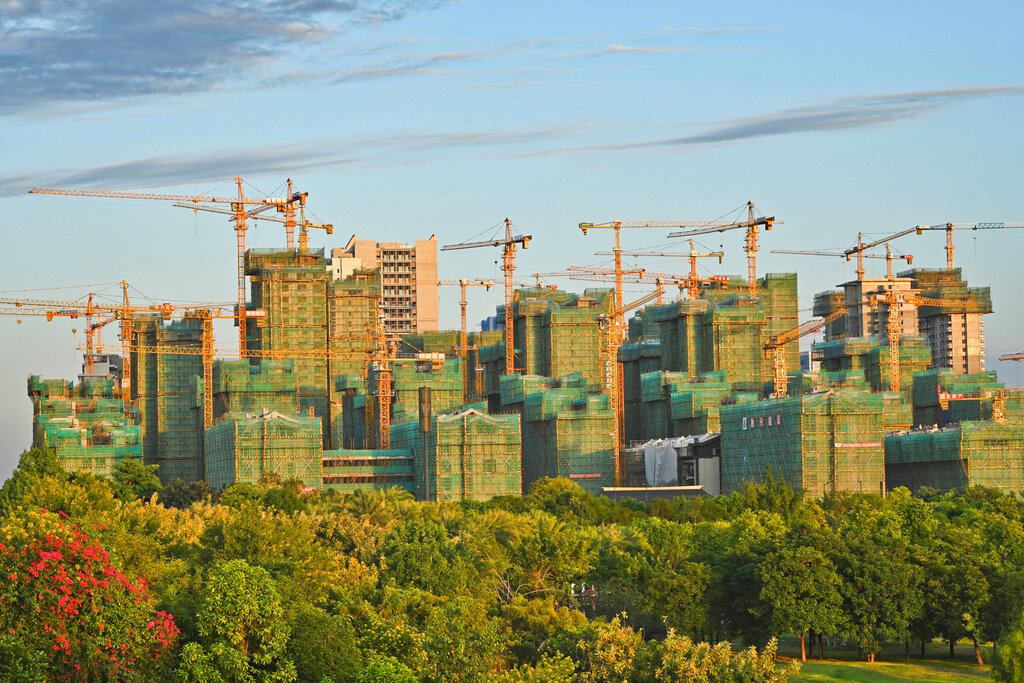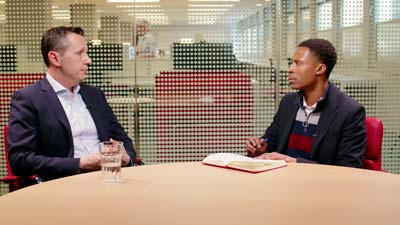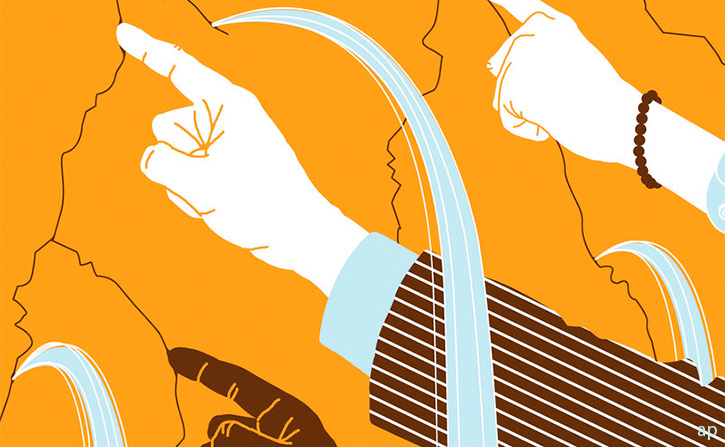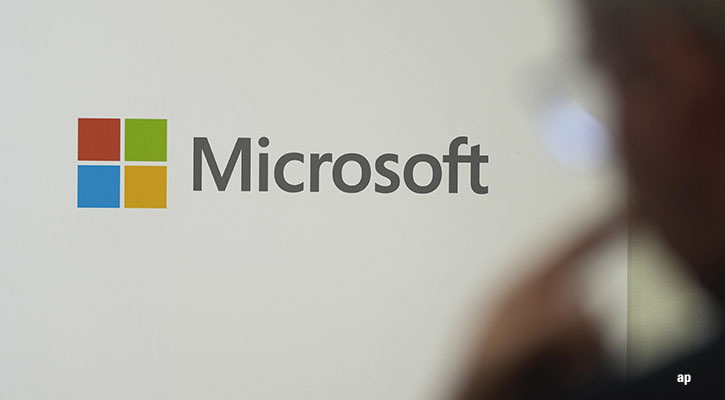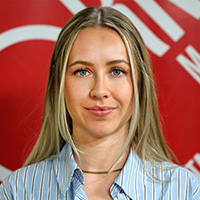
As a special week of content on emerging markets and China draws to a close on Morningstar.co.uk, we're asking Ninety One portfolio manager Alan Siow five questions about investing in emerging market bonds.
Siow co-manages Ninety One’s All China Bond, Asia Dynamic Bond, and Emerging Markets Investment Grade Corporate Debt funds.
How do Your Funds Invest?
We are detailed bottom-up, fundamentally-driven value investors who adopt a global sector approach (as opposed to regional) to analysing and identifying the best investment ideas in EM Corporate credit.
Can You Explain Your Investing Methodology?
Our investing process is based on a scorecard driven by our Compelling Forces framework, which takes into account changes in fundamentals, valuations and technical to determine the relative attractiveness (or lack thereof) of individual bonds. Our process seeks to identify the most attractively-valued bonds when controlling for country, sector, rating and duration.
How do You Incorporate ESG?
As EM investors, ESG considerations have been a fully integrated part of our investment process since inception. Our team maintains a dedicated ESG scorecard alongside our main investment scorecard, which serves to articulate and quantify the key ESG risk factors that are salient to each investment. Our flagship EM corporate credit funds are classified under SFDR Article 8.
How Do Rising Rates Effect EM Corporate Bonds?
As the EM corporate bond market is USD denominated, EM corporate credit faces the same issues as other global credit asset classes. The tension between expectations for growth, inflation and the response function of central banks is a key driver of underlying rates, which in turn impacts EM corporate credit spreads and yields.
As a deep, broad and liquid asset class offering historically some of the highest spreads available in global fixed income, and anchored in the parts of the world with the highest expected growth rates, EM corporate credit is relatively well placed among other fixed income asset classes for a rising rate environment.
What Are Your Expectations For The Next 5 Years?
We invest with a medium term (three-to-five-year) horizon and due to the recent dislocations in global risk assets, the present moment presents a very attractive entry point into the asset class.
With yield-to-worst on the benchmark JPM CEMBI index currently at 7.29% versus the five-year trailing average of 4.84%, what history tells us is that 12-month forward returns are very likely to be in excess of current yields as compression to the long term average should deliver capital gains along-side the carry available in the asset class.
Beyond the next 12 months, we expect the underlying growth differential between EM and DM and the improving fundamental strength in leading EM corporates to continue to anchor the attractiveness of the asset class within the context of global fixed income.







